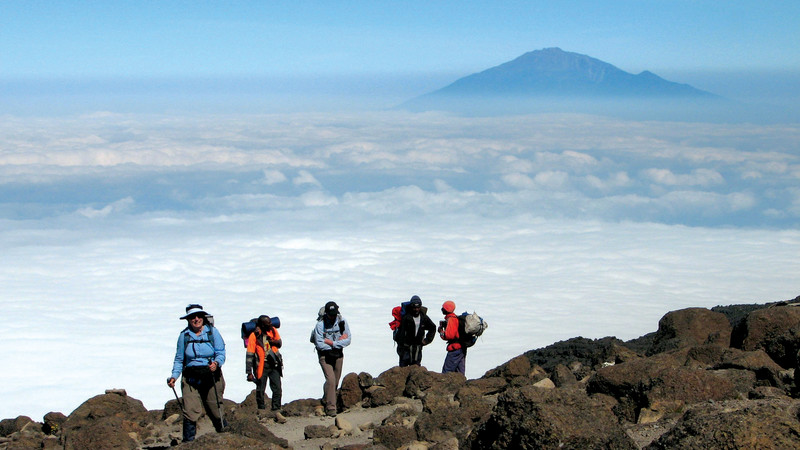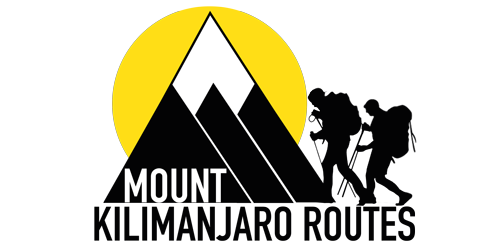How many days do I need to climb Kilimanjaro

Our primary concern is that you have a safe, enjoyable and memorable Kilimanjaro climb and the most significant thing you can do to ensure you enjoy the experience is to give yourself time. For this reason, we recommend taking at least 6 days on the Marangu route and at least 7 days on all the other routes.
As well as improving acclimatisation, adding an extra day to the Machame, Umbwe, and Lemosho routes allows the pre-summit day to be split into two much easier days. This means you will arrive at the base camp before the tough summit night early in the afternoon and will then be well-rested before you start your ascent in the early hours of the morning.
Climbers sometimes want to minimise the number of days in order to save money or because they have limited time. We will always do our best to meet these demands but if you have got the time and can afford it, the cost of an additional day is well worth it. In hindsight, the climb that will seem the most expensive will be the one where you do not make it to the summit.
How Many Days to Climb Kilimanjaro?
Unfortunately, many climbers only factor the overall price of the trip when determining the length of their Kilimanjaro climb. Mount Kilimanjaro Routes urges you to consider all of the following factors when determining how long you will climb.
Cost: Naturally, the more days you stay on the mountain, the higher the cost. It comes down to math, an extra day on Kilimanjaro equals an extra day of on-mountain staff, extra food, and extra park fees. You might be tempted to go for a shorter trip to save money, but with every extra day, you have on the mountain, your chances of reaching Uhuru Peak increase exponentially due to improved acclimatization. Is it worth cutting your summit attempt short to save a couple of hundred bucks? If you are tight on money now, Mount Kilimanjaro Routes recommends holding off until you have the budget to add in 1 or 2 acclimatization days. We promise it will be worth the wait!
Vacation/Holiday Availability: Unfortunately, certain parts of the world (namely the US) are limited to the number of vacation days they receive from work. The same philosophy of “the more days, the better” applies here. Don’t try to rush your trek in order to rush back to the office! If your vacation balance is low, hold off until you have enough time to really enjoy the Kilimanjaro experience. When you get back to work, we want you to be able to hang your Uhuru Peak summit certificate in your office to proudly boast your success to your colleagues and clients!
Safety and Success Rate: This should be the number one factor used to determine the length of your Mount Kilimanjaro climb. Each day you are on the mountain is another day your body is able to acclimatize; greatly reducing your chance of experiencing symptoms of AMS. Mount Kilimanjaro Routes highly recommends adding 1 to 2 acclimatization days to any route. Doing so is the best way to increase your chances of reaching the top.
Route: You may have already determined the route you wish to take. See our Kilimanjaro Route Profiles page to see the minimum required days for each route. You will also find Mount Kilimanjaro Routes’s recommended number of days to maximize your chance of success for each route.



